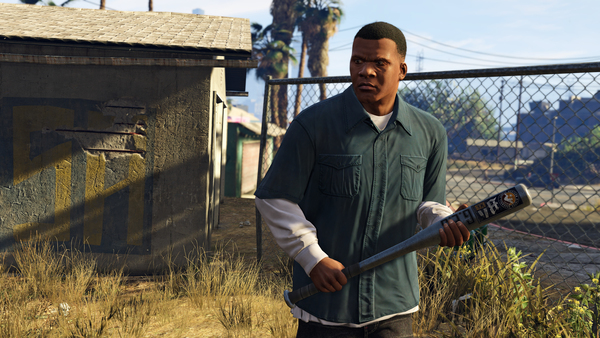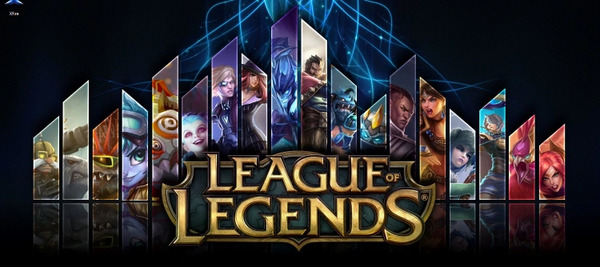R.E.P.O – A Rogue Sci-Fi Horror With Tactical Depth
Introduction: When Your Job Is to Take Back What Doesn’t Belong
R.E.P.O. is a roguelike tactical horror game that drops players into a gritty, industrial sci-fi world where they work as "Recovery Enforcement Personnel Operators." Your job? To repossess unpaid corporate property — even if it’s in the hands of mutated former clients, malfunctioning AI, or the dead. Combining stealth, survival horror, and inventory-based tactics, R.E.P.O. offers a tense and atmospheric experience with procedural generation and permadeath as core pillars.
The game feels like a mix between Lethal Company, Dead Space, and Darkest Dungeon, delivering unpredictable gameplay with minimalist storytelling and heavy replay value.
1. Setting and Worldbuilding
The world of R.E.P.O. is a bleak, hyper-capitalist sci-fi dystopia. Missions take place in abandoned industrial zones, research facilities, mining rigs, or derelict ships — all owned by powerful mega-corporations.
Pros:
-
Unique corporate sci-fi setting
-
Worldbuilding delivered through logs, environment, and contracts
-
Environments feel oppressive, eerie, and lived-in
Cons:
-
Lack of traditional cutscenes or direct storytelling
-
Story depth relies heavily on exploration
2. Core Gameplay Loop
Each mission tasks you with exploring dangerous locations, collecting items, and surviving long enough to extract — all while avoiding hostile enemies and malfunctions.
Pros:
-
Tight risk-reward loop encourages boldness and planning
-
Procedurally generated maps for high replayability
-
Inventory and time management add constant pressure
Cons:
-
Early game can feel unforgiving
-
No pause — mistakes are permanent
3. Pacing and Scares
R.E.P.O. excels at psychological horror, using lighting, silence, and unpredictability to build tension. Unlike traditional jump-scare horror, the fear comes from what you don’t see.
Pros:
-
Minimalist horror design builds dread gradually
-
Randomized enemy spawns keep players on edge
-
Excellent use of sound design and darkness
Cons:
-
Some scares become predictable with repetition
-
No story-driven boss encounters yet
4. Procedural Generation and Permadeath
Each mission is different thanks to procedurally generated levels, item placements, and hazards. Death is permanent — but each run teaches you more about survival.
Pros:
-
High replay value due to randomized maps
-
Permadeath increases tension and immersion
-
Encourages adaptability and creativity
Cons:
-
No campaign-style continuity
-
RNG can occasionally feel unfair
5. Equipment, Items, and Inventory
Inventory space is limited, and players must choose between tools, valuables, and life-saving gear. You’ll use scanners, flashlights, EMP grenades, and more to complete contracts.
Pros:
-
Resource management adds meaningful tension
-
Tools allow multiple playstyles (stealth, brute force, sabotage)
-
Upgrades and unlockables over time
Cons:
-
Micromanagement can overwhelm new players
-
Limited item descriptions require trial and error
6. Stealth and AI Behavior
Most enemies in R.E.P.O. cannot be beaten directly. You must sneak past them, distract them, or outsmart their patrol routes using tools and quick thinking.
Pros:
-
Smart AI creates unpredictable patrols and detection
-
Sound and light-based mechanics feel realistic
-
Encourages tension and stealth over brute force
Cons:
-
No direct combat option may deter action-focused players
-
AI glitches may occasionally break immersion
7. Multiplayer and Co-Op Play
Though originally designed as a solo roguelike, R.E.P.O. supports up to four-player online co-op, where coordination becomes key to survival.
Pros:
-
Voice chat integration adds to immersion
-
Cooperative roles (scanner, carrier, defender) deepen gameplay
-
Shared inventory forces group decision-making
Cons:
-
No matchmaking — friends only
-
Team play can trivialize solo tension if unbalanced
8. Mission Structure and Progression
Each successful contract increases your company's reputation, unlocking harder jobs, new regions, and cosmetic upgrades. Failed missions reduce your payout and may cost you unlocked gear.
Pros:
-
Progression system tied to performance
-
New tools and tougher missions scale with player skill
-
Replay-focused design with modular difficulty
Cons:
-
No linear story progression
-
Limited mission variety in early builds
9. Visual and Audio Presentation
The game uses low-poly retro visuals paired with modern lighting and fog effects. Combined with excellent sound design, it creates an unsettling atmosphere.
Pros:
-
Retro-futuristic aesthetic fits tone perfectly
-
Lighting and shadow effects enhance horror
-
Distorted radio chatter and ambient sound build tension
Cons:
-
Visual simplicity may not appeal to all players
-
No character face customization
10. Developer Roadmap and Community
The dev team behind R.E.P.O. has shared a roadmap that includes more environments, enemy types, and mod support. The game is actively developed with strong community feedback loops via Discord and Steam forums.
Pros:
-
Transparent updates and patch notes
-
Active community sharing mods and tips
-
Dev engagement through events and suggestions
Cons:
-
Some features (like new biomes and bosses) still in development
-
Bugs or instability in early builds
Conclusion: Fear, Strategy, and Survival in Corporate Space
R.E.P.O. is a bold take on sci-fi horror — not with loud monsters or cinematic scares, but through strategy, stealth, and the dread of losing everything in a single mistake. It’s a roguelike that makes you think hard, act fast, and always ask: “Is this loot worth the risk?”
While still evolving in content and polish, R.E.P.O. already delivers a unique experience for fans of games like Lethal Company, Darkwood, or Alien: Isolation. With its blend of horror, tactical survival, and immersive atmosphere, it stands as one of the most promising indie horror titles in recent years.































